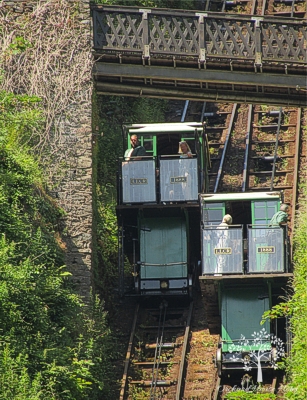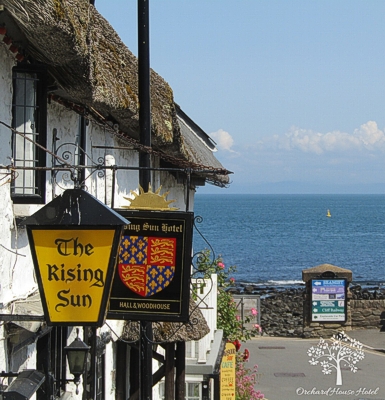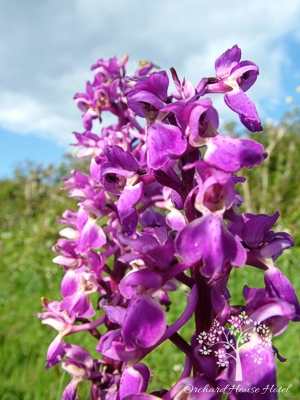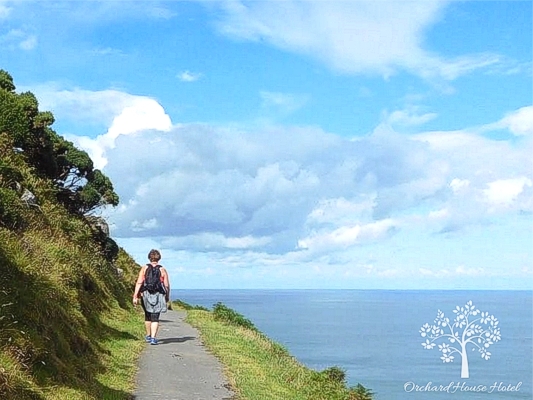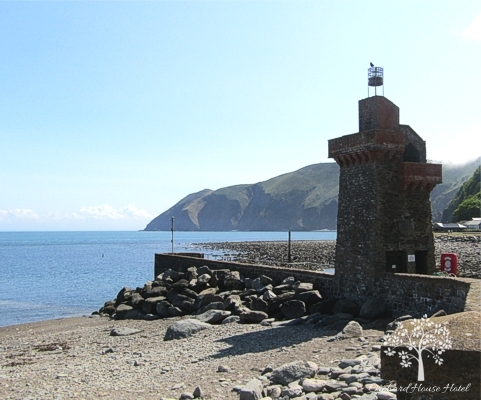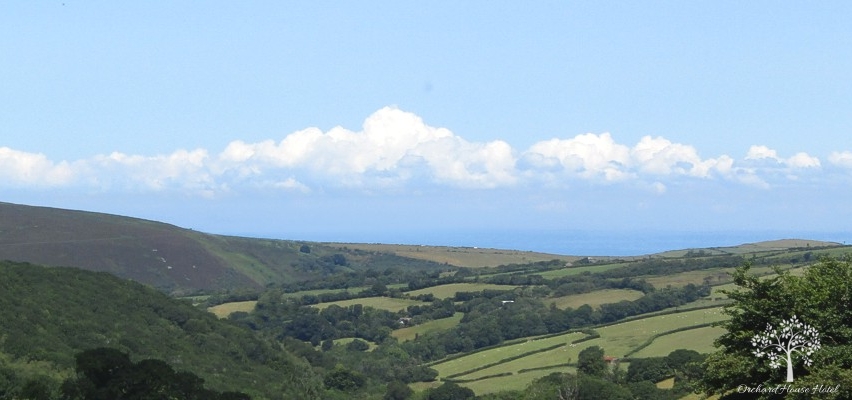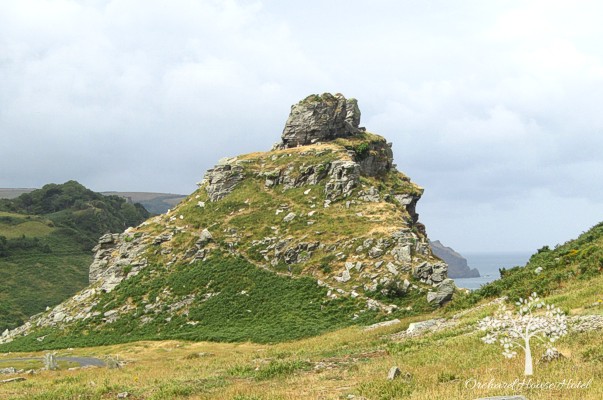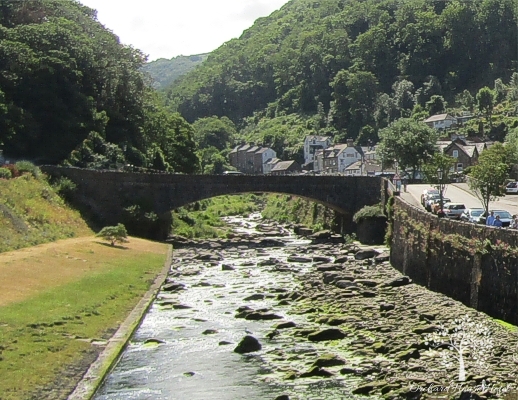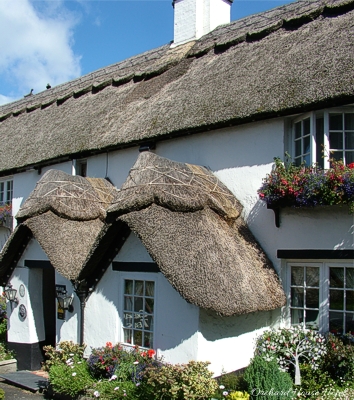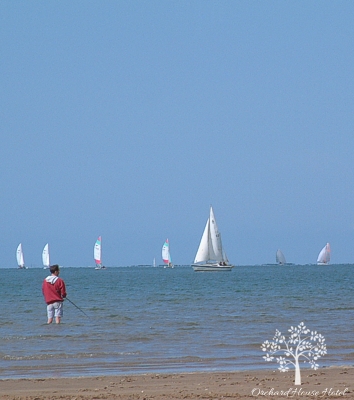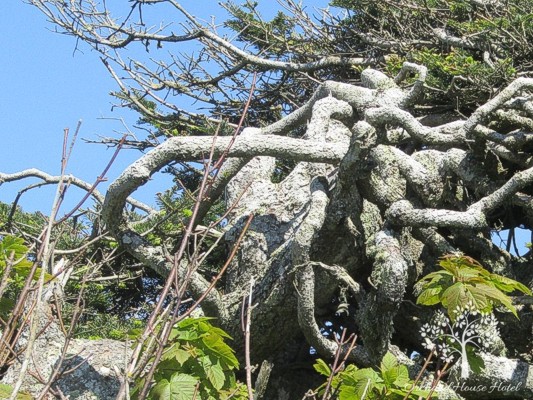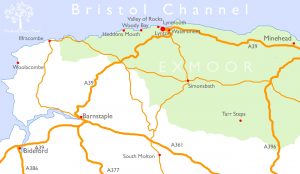Location

We are next to the river Lyn with the nearest beach just 100 yards from the hotel. Only a few minutes walk will take you to the harbour and the centre of Lynmouth. The twin villages of Lynton and Lynmouth are situated on the heritage coast of the Exmoor National Park in North Devon. Lynmouth nestles beneath the cliffs while Lynton stands above the harbour. The two villages are connected by the Lynton and Lynmouth Cliff Railway, a water-powered funicular railway.
The area first became a popular destination around 1800 when the Romantic poets discovered it. The description 'Little Switzerland' was applied in a comparison with the picturesque landscape of Switzerland experienced on the Grand Tours of the eighteenth century.
Lynton and Lynmouth offer a wide range of independent and interesting shops, restaurants, cafes and pubs.
The South West Coast Path and Tarka Trail pass through Lynmouth, while the Two Moors Way, Samaritans Way South West and the Coleridge Way all finish here.
The Valley of Rocks is less than two miles from the hotel. It is beautiful dry valley with interesting rock formations and stunning scenery and is noted for its herd of feral goats.
Heddon's Mouth is about 7 miles from Lynmouth and is famous for it's towering cliffs which are some of the highest in England. They are made from Devonian sandstone and are almost 400 million years old. There is a beautiful walk through ancient woodland, alongside the River Heddon, to the smuggler's cove where it meets the sea. The National Trust manages the valley, a Site of Special Scientific Interest, which is home to a variety of wildlife including otters and the rare high brown fritillary butterfly.
Watersmeet House is a National Trust property approximately 2 miles from Lynmouth, walking along the East Lyn River. It is a wonderful example of the rocky flowing rivers of Exmoor in an area of beautiful, secluded, riverside woodland. Adjoining is a Site of Special Scientific Interest.
Woody Bay is 3 miles west of Lynmouth. It is accessed by a path which zigzags down the heavily wooded cliffs to the secluded shingle beach and waterfall.
Tarr Steps are said to have been built by the Devil so he had a place to sunbathe. Located in the southern part of Exmoor, on the River Barle, the 17 span clapper bridge is constructed entirely from large stone slabs and boulders. The longest of its kind in Britain and a Grade I listed building & scheduled monument, it's age is unknown but some claim that Tarr Steps was built in the Bronze Age.
Combe Martin, Ilfracombe, Lee, Woolacombe, etc are also worth visting.
